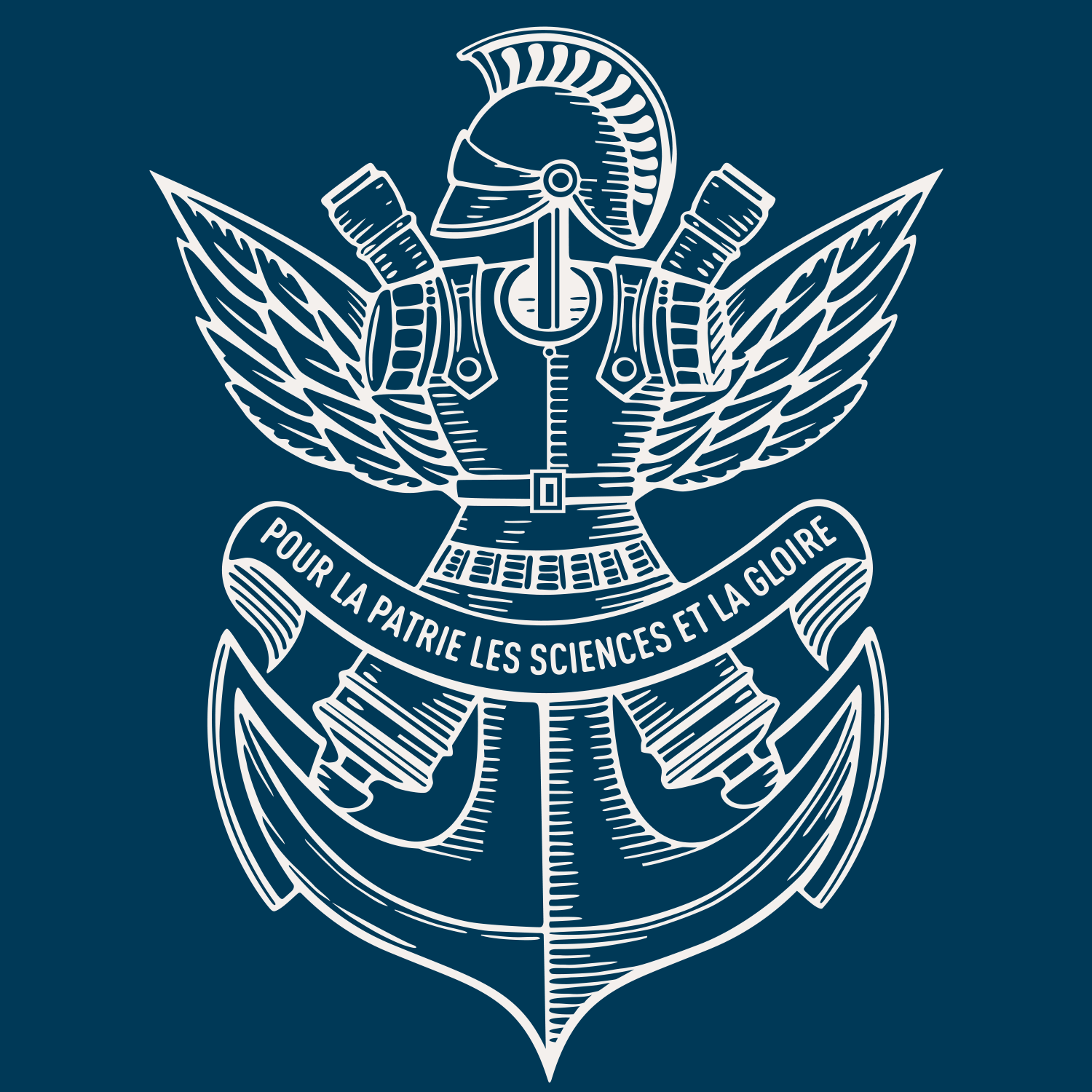Cyclization Reaction Catalyzed by Cyclodipeptide Synthases Relies on a Conserved Tyrosine Residue
Résumé
Cyclodipeptide synthases (CDPSs) form various cyclodipeptides from two aminoacyl tRNAs via a stepwise mechanism with the formation of a dipeptidyl enzyme intermediate. As a final step of the catalytic reaction, the dipeptidyl group undergoes intramolecular cyclization to generate the target cyclodipeptide product. In this work, we investigated the cyclization reaction in the cyclodipeptide synthase AlbC using QM/MM methods and free energy simulations. The results indicate that the catalytic Y202 residue is in its neutral protonated form, and thus, is not likely to serve as a general base during the reaction. We further demonstrate that the reaction relies on the conserved residue Y202 serving as a proton relay, and the direct proton transfer from the amino group to S37 of AlbC is unlikely. Calculations reveal that the hydroxyl group of tyrosine is more suitable for the proton transfer than hydroxyl groups of other amino acids, such as serine and threonine. Results also show that the residues E182, N40, Y178 and H203 maintain the correct conformation of the dipeptide needed for the cyclization reaction. The mechanism discovered in this work relies on the amino groups conserved among the entire CDPS family and, thus is expected to be universal among CDPSs. Cyclodipeptide synthases (CDPSs) are a family of enzymes that use aminoacyl-tRNAs (aa-tRNAs) to synthetize cyclodipeptides, which are precursors of many secondary metabolites with diverse biological functions 1,2. The first member of this family was identified in 2002 during characterization of the albonoursin biosynthetic pathway in Streptomyces noursei and called AlbC 3. Three CDPSs are structurally characterized and all three share a common architecture, consisting of a monomer containing a Rossmann fold domain 4-7. The CDPSs display strong structural similarity to the catalytic domains of class Ic aminoacyl tRNA synthetases (aaRSs), suggesting that CDPSs evolved from the class Ic of aaRSs 1. However, there are several significant differences between CDPSs and class Ic aaRSs. The ATP-binding motifs present in aaRSs are not present in CDPSs, since there is no need to activate amino acids in CDPSs, and CDPSs are active as monomers in contrast to the TyrRS and TrpRS that function as homodimers. The catalytic mechanism has been extensively studied experimentally for the structurally characterized CDPSs, and a structure mimicking a reaction intermediate was obtained for AlbC 7. It was demonstrated that AlbC uses Phe-tRNA Phe and Leu-tRNA Leu (or a second Phe-tRNA Phe) as substrates for a ping-pong mechanism involving the formation of two successive acyl-enzyme intermediates 1. The catalytic reaction starts with the binding of the first aa-tRNA and the transfer of its aminoacyl moiety to a conserved serine residue leading to the formation of an aminoacyl enzyme intermediate. For the second step, the tRNA Phe part of the first substrate dissociates from AlbC and a second aa-tRNA binds to the enzyme. The phenylalanyl-AlbC reacts with the second aa-tRNA to form a dipeptidyl-AlbC intermediate. In the final step, the target cyclodipeptide is obtained through intramolecular cyclization. Residues important for the reaction in AlbC were identified through site-directed mutagenesis and chemical biology studies 5,7. These residues, apart from S37, the conserved residue that accepts the aminoacyl group, are Y202, Y178, E182, N40, and H203. The residues Y178 and E182 are involved in the stabilization of the aminoacyl moiety of the first substrate (named Phe1) throughout the catalytic cycle as suggested by the crystal structure of the diphenylalanyl-enzyme intermediate mimic 7. E182 was also suggested to act as a general catalytic base during the formation of the dipeptidyl-enzyme by deprotonating the ammonium group of the aminoacyl-enzyme,
Fichier principal
 41598_2018_Article_25479.pdf (2)
Télécharger le fichier
41598_2018_25479_MOESM1_ESM.pdf (281)
Télécharger le fichier
41598_2018_Article_25479.pdf (2)
Télécharger le fichier
41598_2018_25479_MOESM1_ESM.pdf (281)
Télécharger le fichier
| Origine | Fichiers produits par l'(les) auteur(s) |
|---|
Loading...



